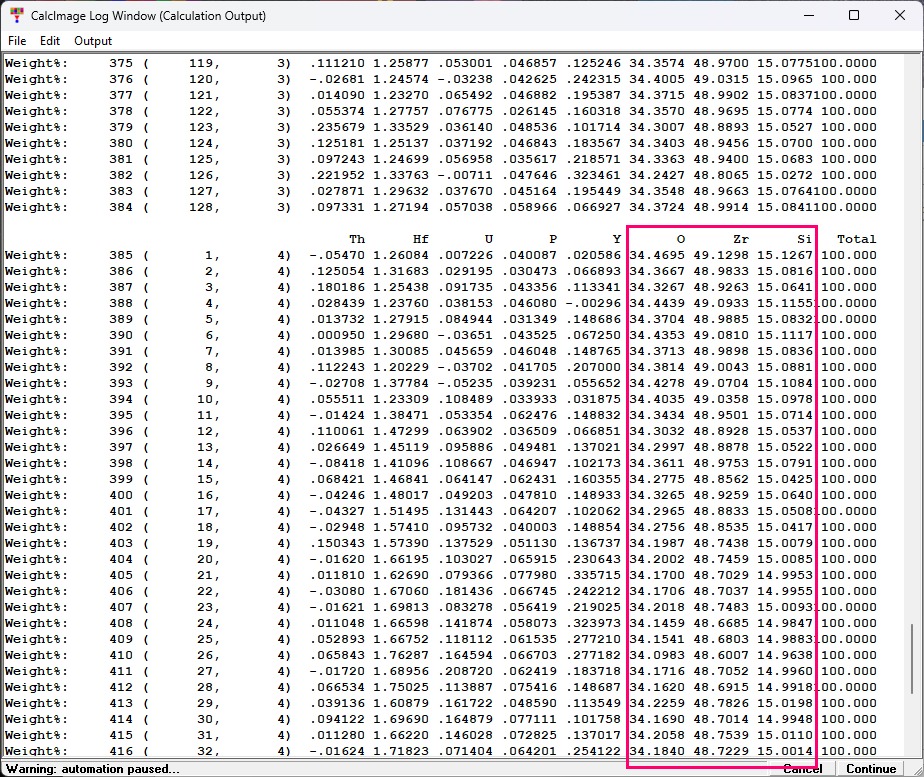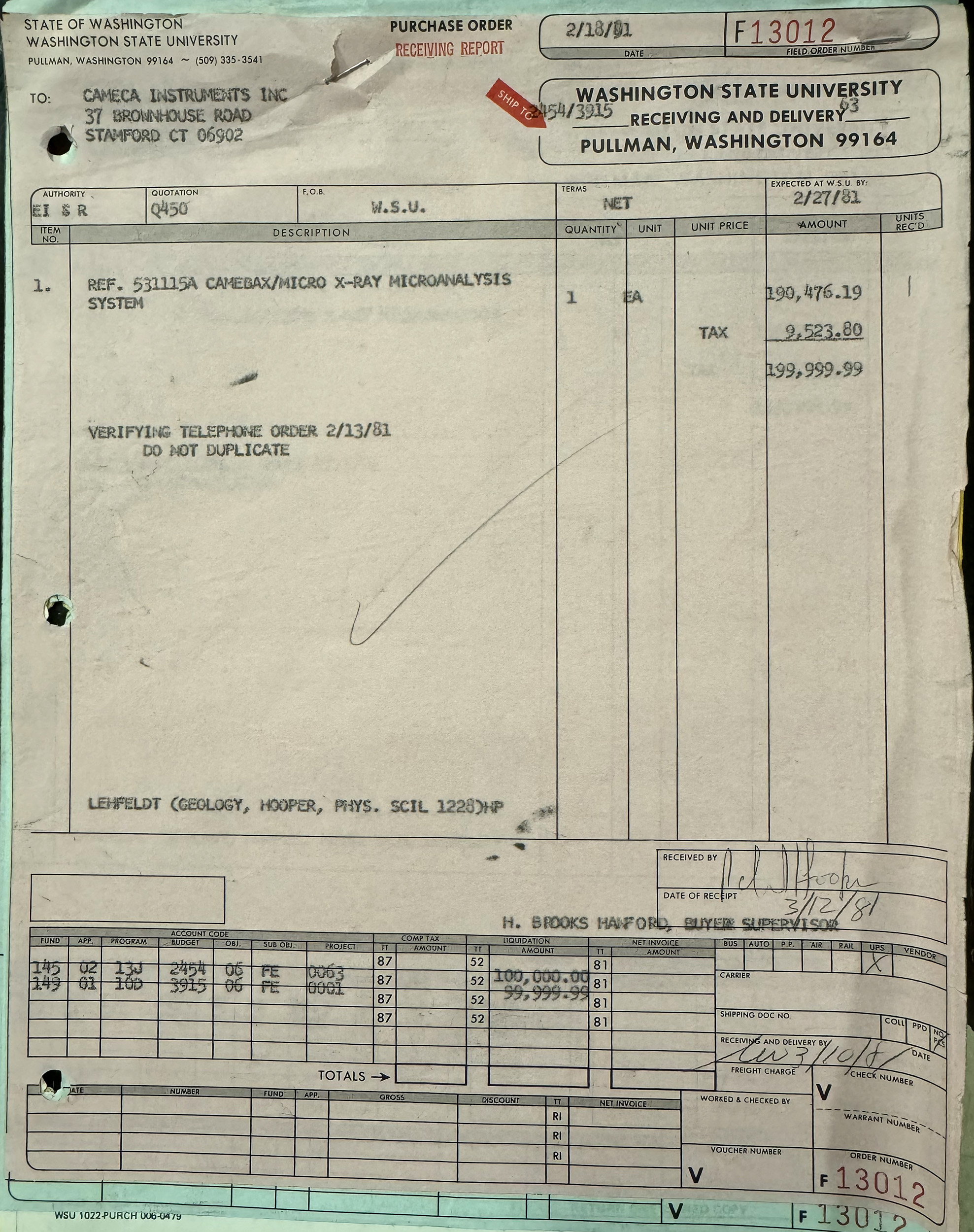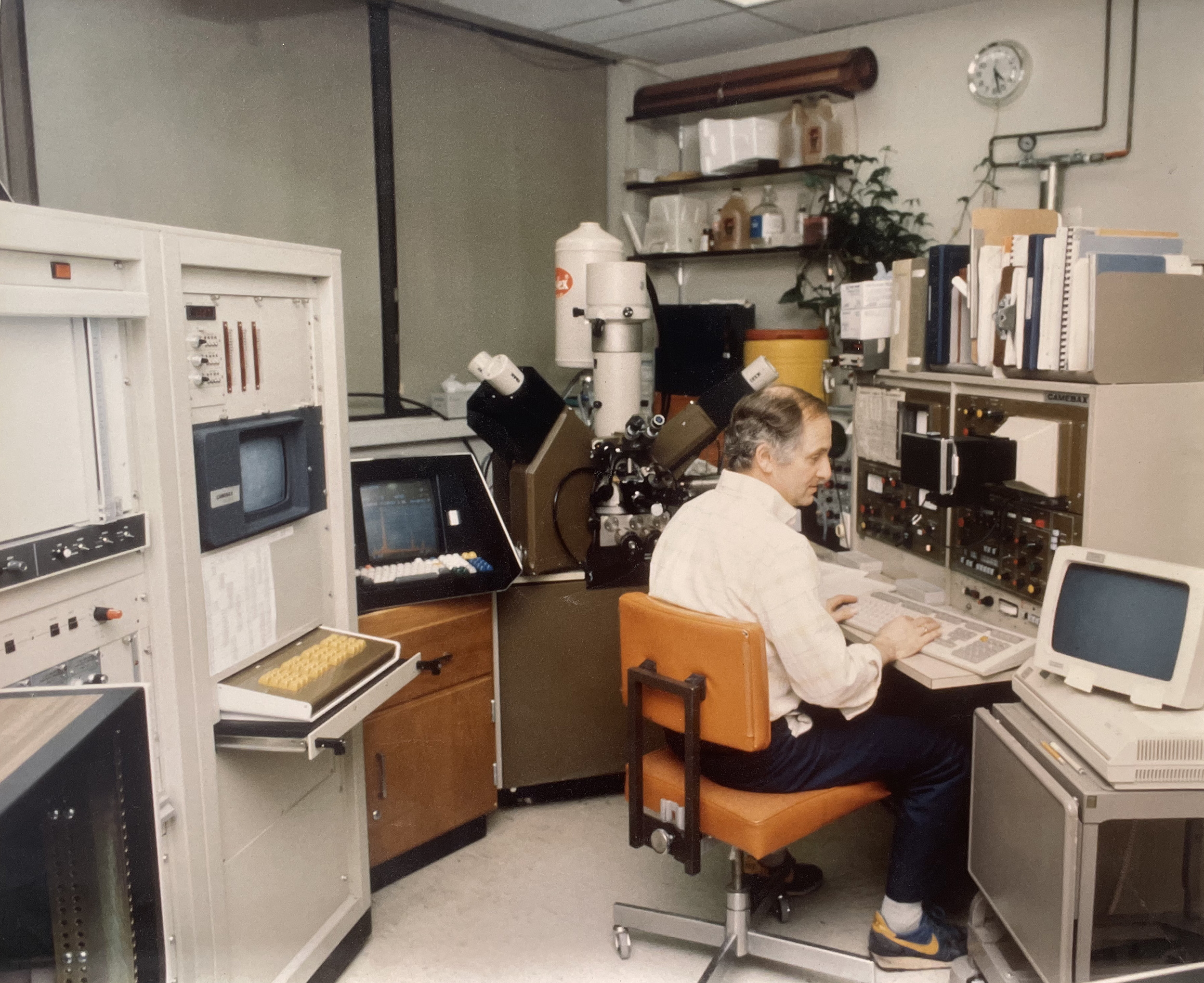51
General EDS Issues / Re: Duane-Hunt limit
« Last post by Probeman on July 30, 2024, 06:23:33 AM »I'm about to go mount our "Considerations for Determining Duane-Hunt Limits on Electron Beam Instruments" poster at M&M, so I thought I'd also share it here for those not at the conference (see attached):
John Donovan1*, Petras Jokubauskas2, Nicholas Ritchie3, John Fournelle4 and Andrew Ducharme5 1. Center for Advanced Materials Characterization in Oregon, University of Oregon, Eugene, OR, USA (0000-0002-6187-5041) 2. Faculty of Geology, University of Warsaw, Warsaw, Poland (0000-0002-1099-4497) 3. National Institute of Standards and Technology, Gaithersburg, MD, USA (0000-0001-5734-5729) 4. Department of Geoscience, University of Wisconsin-Madison, Madison, WI, USA (0000-0001-96898852) 5. Department of Physics, University of Oregon, Eugene, OR, USA (0000-0003-2765-1455)
John Donovan1*, Petras Jokubauskas2, Nicholas Ritchie3, John Fournelle4 and Andrew Ducharme5 1. Center for Advanced Materials Characterization in Oregon, University of Oregon, Eugene, OR, USA (0000-0002-6187-5041) 2. Faculty of Geology, University of Warsaw, Warsaw, Poland (0000-0002-1099-4497) 3. National Institute of Standards and Technology, Gaithersburg, MD, USA (0000-0001-5734-5729) 4. Department of Geoscience, University of Wisconsin-Madison, Madison, WI, USA (0000-0001-96898852) 5. Department of Physics, University of Oregon, Eugene, OR, USA (0000-0003-2765-1455)


 Please keep your software updated for best results!
Please keep your software updated for best results! Recent Posts
Recent Posts


